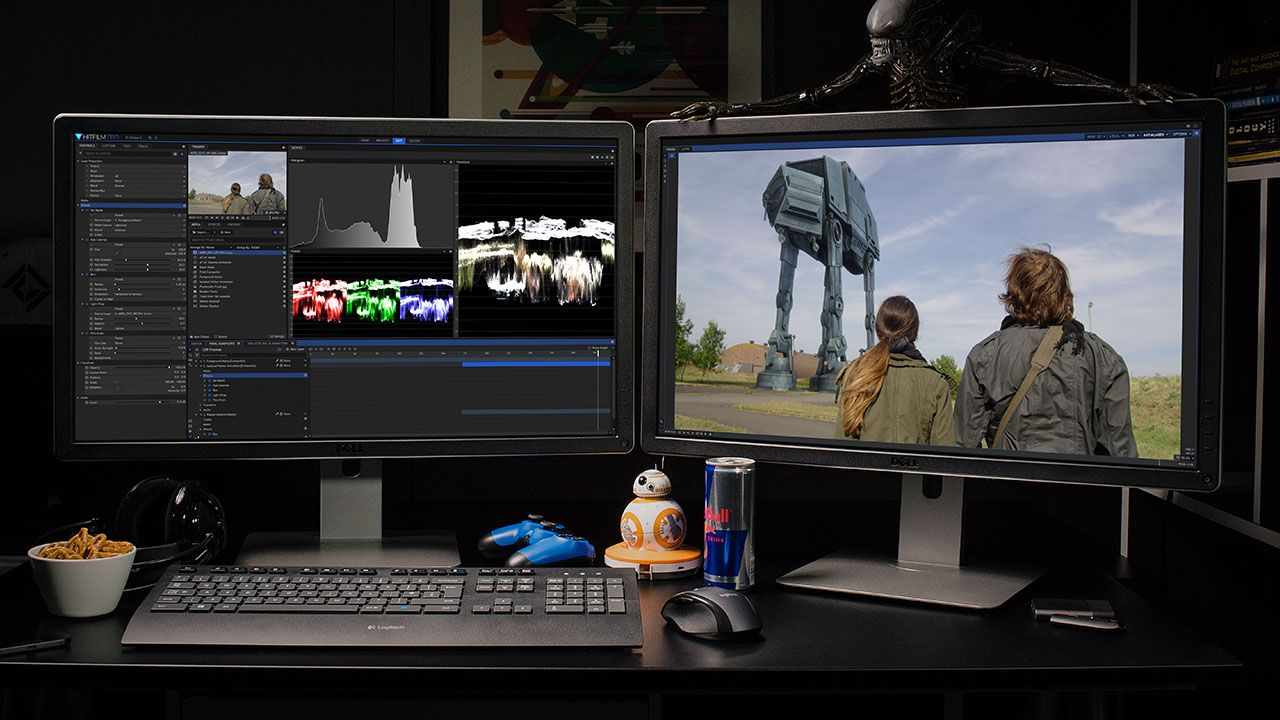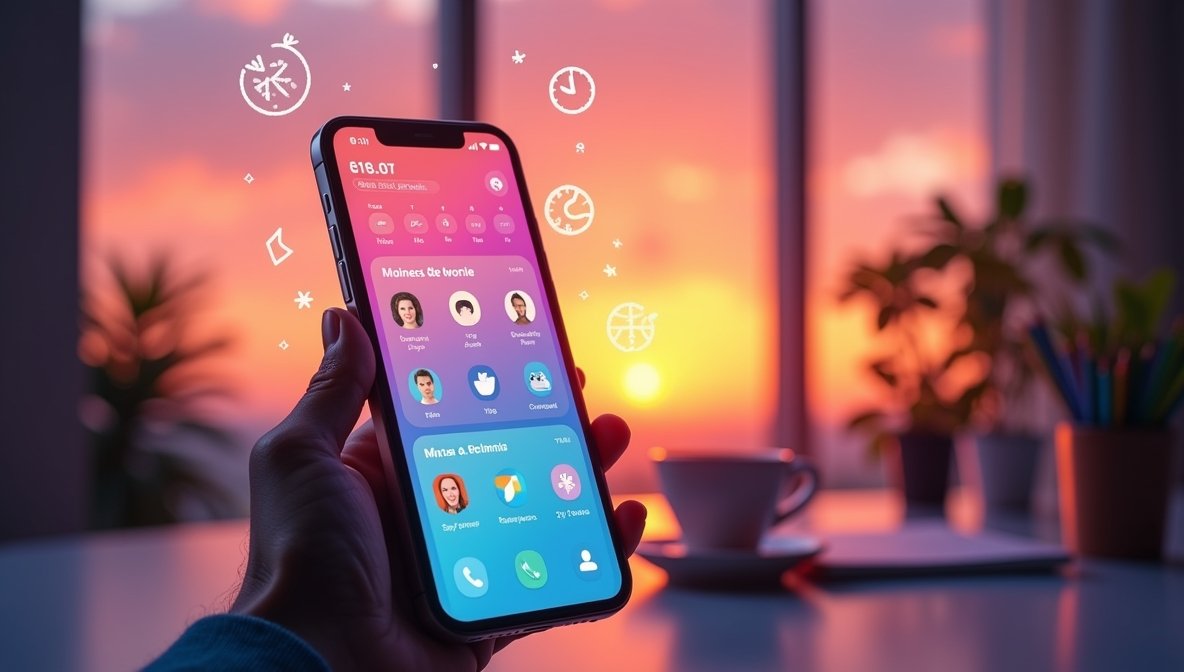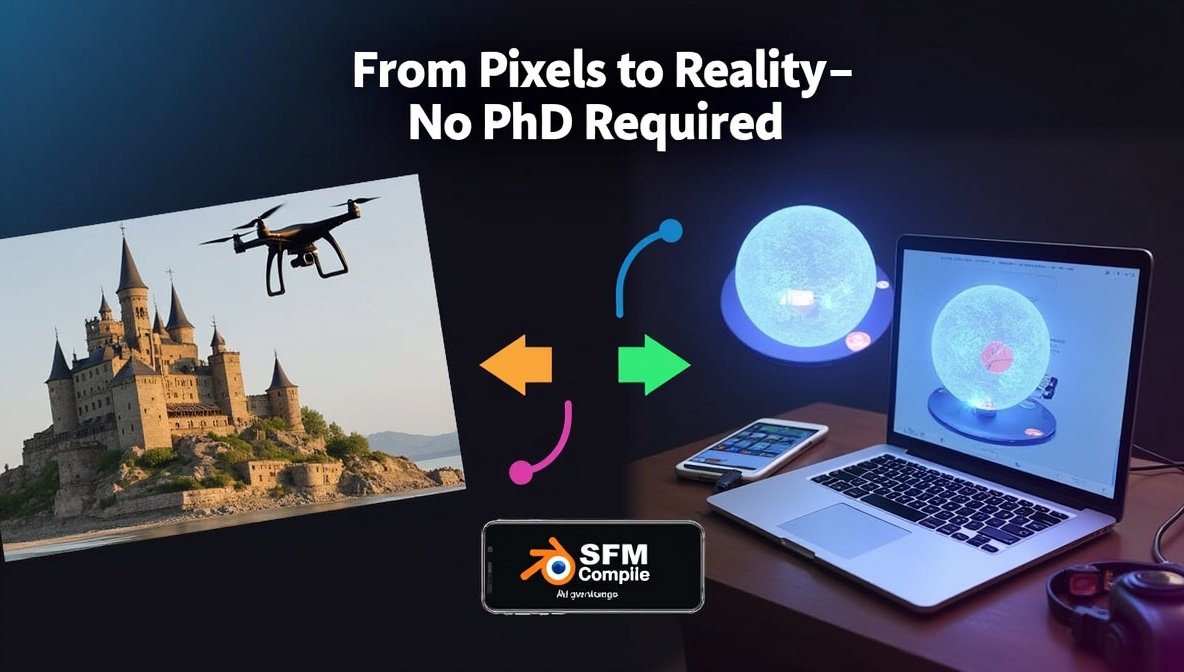The rise of artificial intelligence (AI) in video production has introduced new possibilities for content creators, marketers, and educators. Among these innovations, AI presenters—virtual avatars powered by AI technology—have emerged as a significant alternative to traditional human presenters. Both options have distinct advantages and limitations depending on the context of the presentation and the goals of the content.
This article compares AI presenters and traditional human presenters, focusing on aspects such as cost, efficiency, customization, audience engagement, and usability.
Understanding AI Presenters
AI presenters are computer-generated avatars that simulate human speech, facial expressions, and gestures. These virtual hosts use AI algorithms to convert text scripts into spoken content, synchronizing lip movements and gestures to make the presentation appear natural.
One example of AI presenter technology is the platform offered by Invideo AI, which enables users to create video content using AI-generated avatars. These avatars can be customized in terms of appearance, voice, and language to suit specific needs. AI presenters are often used for explainer videos, tutorials, marketing content, and corporate communication.
Traditional Human Presenters
Traditional human presenters are individuals who appear on camera to deliver content. These presenters use their voice, facial expressions, and body language to engage viewers. Human presenters have the advantage of spontaneity and emotional nuance that can enhance storytelling and connect with the audience on a personal level.
However, working with human presenters involves factors such as scheduling, filming costs, and the need for physical space and equipment. The quality of the presentation can also vary based on the presenter’s skills and comfort in front of the camera.
Cost Comparison
One of the most significant differences between AI presenters and human presenters is cost. Hiring human presenters typically involves expenses such as salaries or fees, makeup, wardrobe, filming equipment, studio rental, and post-production editing.
AI presenters, on the other hand, require a one-time investment in software or a subscription to an AI video platform. There are no additional costs for actors, makeup, or physical production. This makes AI presenters a cost-effective option for businesses or creators who need frequent video content without escalating expenses.
Efficiency and Production Time
AI presenters drastically reduce production time. Since the avatars generate videos based on text scripts, there is no need for multiple takes, lighting setup, or editing video footage of a human. Once the script is ready, the AI presenter creates the video within minutes.
In contrast, human presenter videos can take hours or days to produce. This includes script preparation, rehearsals, filming, and editing. For time-sensitive projects or frequent content updates, AI presenters offer a clear advantage in efficiency.
Customization and Flexibility
AI presenters allow for high customization. Users can select from a range of avatars, adjust voice tone and language, and change backgrounds and on-screen elements. This flexibility supports brand consistency and localization, enabling videos to reach diverse audiences.
Human presenters bring authenticity and personality that can’t be fully replicated by AI. They adapt their delivery based on the audience’s reactions and can improvise when needed. However, customizing videos with different presenters or styles involves more logistical challenges.
Engagement and Audience Connection
Audience engagement is a key consideration when choosing between AI and human presenters. Human presenters naturally convey emotions and build rapport with viewers through facial expressions and vocal intonations. This can foster trust and credibility.
AI presenters are improving in delivering natural expressions and speech, but they still lack the full range of emotional depth. For straightforward informational videos, AI presenters perform well, but for storytelling or persuasive content, human presenters often have the edge.
Use Cases and Practical Applications
AI presenters are ideal for training videos, product demonstrations, explainer videos, and multilingual content. Their consistency and ability to quickly generate updated videos make them suitable for corporate communications and e-learning.
Human presenters are preferred for live events, interviews, testimonials, and scenarios where human presence adds significant value. They work well in industries such as entertainment, news broadcasting, and motivational speaking.
Incorporating AI Presenters in Your Video Strategy
The platform Invideo AI provides tools to create videos with AI presenters that can meet various business needs. Invideo’s AI presenter feature lets users create professional videos by selecting customizable avatars that deliver scripted content clearly and efficiently. This platform supports multiple languages and voices, enhancing accessibility for global audiences.
If you want to explore how AI presenters can simplify video creation and improve scalability, you can use the AI presenter by invideo AI. The platform offers a streamlined process for creating videos without the need for cameras or studios.
Mobile Video Creation with AI Assistance
For those who need video production on the go, you can also use a video maker app. This app allows users to create videos using AI avatars directly from their mobile devices. The app includes templates and AI-generated avatars that can be personalized, making it easy to produce videos for social media, marketing campaigns, and educational content anywhere and anytime.
This mobile solution helps businesses and creators maintain content production momentum without the typical time and cost constraints associated with human presenters.
Limitations of AI Presenters
While AI presenters offer many advantages, they do have limitations. The current technology may sometimes produce unnatural speech patterns or expressions that could distract viewers. AI avatars also lack genuine emotional responses, which are often crucial in building strong audience connections.
Furthermore, AI-generated videos depend on the quality of the input script. Poorly written scripts will result in less engaging content, regardless of how advanced the AI technology is.
Limitations of Human Presenters
Human presenters may bring authenticity, but they also present challenges. Factors like fatigue, availability, and inconsistent performance can affect video quality. The logistics of scheduling and producing video shoots add complexity and increase costs. Additionally, human errors or retakes can delay project timelines.
Conclusion
Choosing between AI presenters and traditional human presenters depends largely on your project requirements, budget, timeline, and desired audience impact. AI presenters offer cost-effective, scalable, and fast video production suitable for informational and training content. Traditional human presenters provide emotional engagement and adaptability that work well for storytelling and persuasive communication.
Using platforms like this, you can incorporate AI presenters into your video strategy effectively. Explore the AI presenter feature for customizable virtual hosts, and consider the video maker app for mobile video creation needs.
By understanding the strengths and limitations of each approach, you can select the option that best aligns with your content goals and audience expectations.
YOU MAY ALSO LIKE: Antarvwsna: The Hidden AI Revolution Turning Homes Into Genius Spaces











